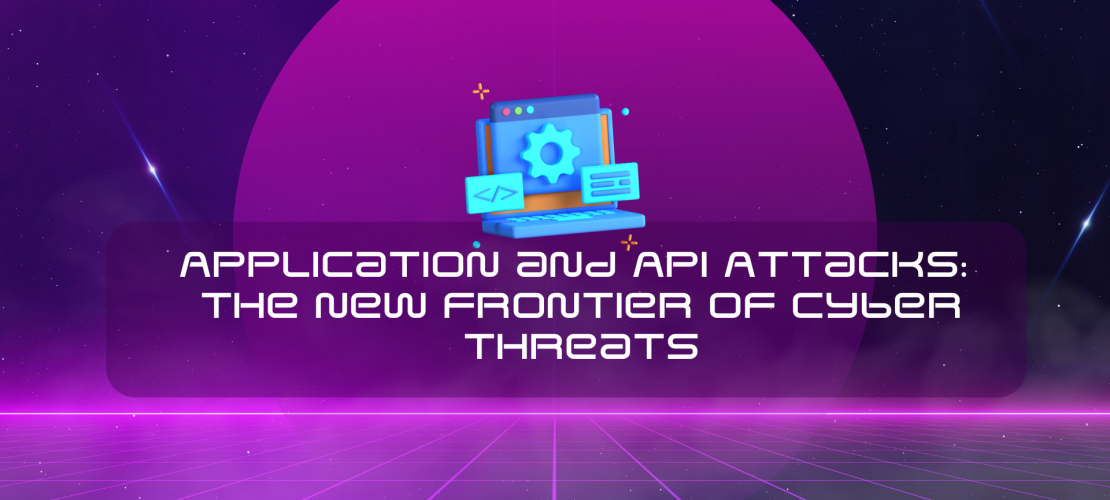In recent years, application and API attacks have become a new frontier of cyber threats, with an increasing number of organizations falling victim to these types of attacks. These attacks are often more difficult to detect and prevent than traditional attacks, such as DDoS and phishing, and can result in significant financial and reputational damage. In this blog, we will discuss the nature of application and API attacks, their impact on businesses, and strategies to prevent and mitigate these threats.
What are Application and API Attacks?
An application programming interface (API) is a set of protocols, routines, and tools for building software applications. APIs allow different software applications to communicate with each other and exchange information. As APIs have become more prevalent in modern software development, they have also become an attractive target for cyber attackers.
Application and API attacks are cyber attacks that target the vulnerabilities present in the software applications and APIs. Attackers can exploit these vulnerabilities to steal sensitive information, install malware, or launch other types of attacks. There are several types of application and API attacks, including:
- Injection attacks: Injection attacks occur when an attacker injects malicious code into an application to execute a specific command. SQL injection is a common type of injection attack, where an attacker uses malicious SQL code to extract sensitive data from the application’s database.
- Cross-site scripting (XSS) attacks: XSS attacks occur when an attacker injects malicious code into a website or application to steal user data or execute arbitrary code on the user’s device.
- Cross-site request forgery (CSRF) attacks: CSRF attacks occur when an attacker tricks a user into executing a specific action on a website or application without their consent. The attacker can then steal sensitive information or perform other malicious activities.
- API attacks: API attacks occur when an attacker exploits vulnerabilities in an API to steal sensitive data or execute arbitrary code.
Impact of Application and API Attacks
Application and API attacks can have a significant impact on businesses, including financial losses, reputational damage, and legal liability. Here are some of the potential consequences of these attacks:
- Data theft: Attackers can steal sensitive data, such as customer information, payment card data, or intellectual property.
- Service disruption: Application and API attacks can cause service disruptions, leading to downtime, lost revenue, and frustrated customers.
- Compliance violations: Many businesses are subject to regulations, such as GDPR and PCI DSS, which require them to protect sensitive data. Application and API attacks can result in compliance violations, leading to fines and legal liability.
- Reputational damage: A successful application or API attack can damage a business’s reputation, leading to lost customers and revenue.
Strategies to Prevent and Mitigate Application and API Attacks
Preventing and mitigating application and API attacks requires a multi-layered approach that includes both technical and non-technical measures. Here are some strategies that businesses can use to protect themselves against these types of attacks:
- Conduct regular security assessments: Regular security assessments can help businesses identify vulnerabilities in their applications and APIs. These assessments can include vulnerability scanning, penetration testing, and code review.
- Implement secure coding practices: Secure coding practices, such as input validation and output encoding, can help prevent injection attacks and other types of application vulnerabilities.
- Use API security best practices: API security best practices, such as authentication and access control, can help prevent API attacks.
- Monitor network traffic: Monitoring network traffic can help businesses detect and respond to application and API attacks in real-time.
- Implement a web application firewall (WAF): A WAF can help prevent application and API attacks by filtering out malicious traffic.
- Educate employees: Educating employees about the risks of application and API attacks and best practices for secure software development can help prevent these types of attacks




